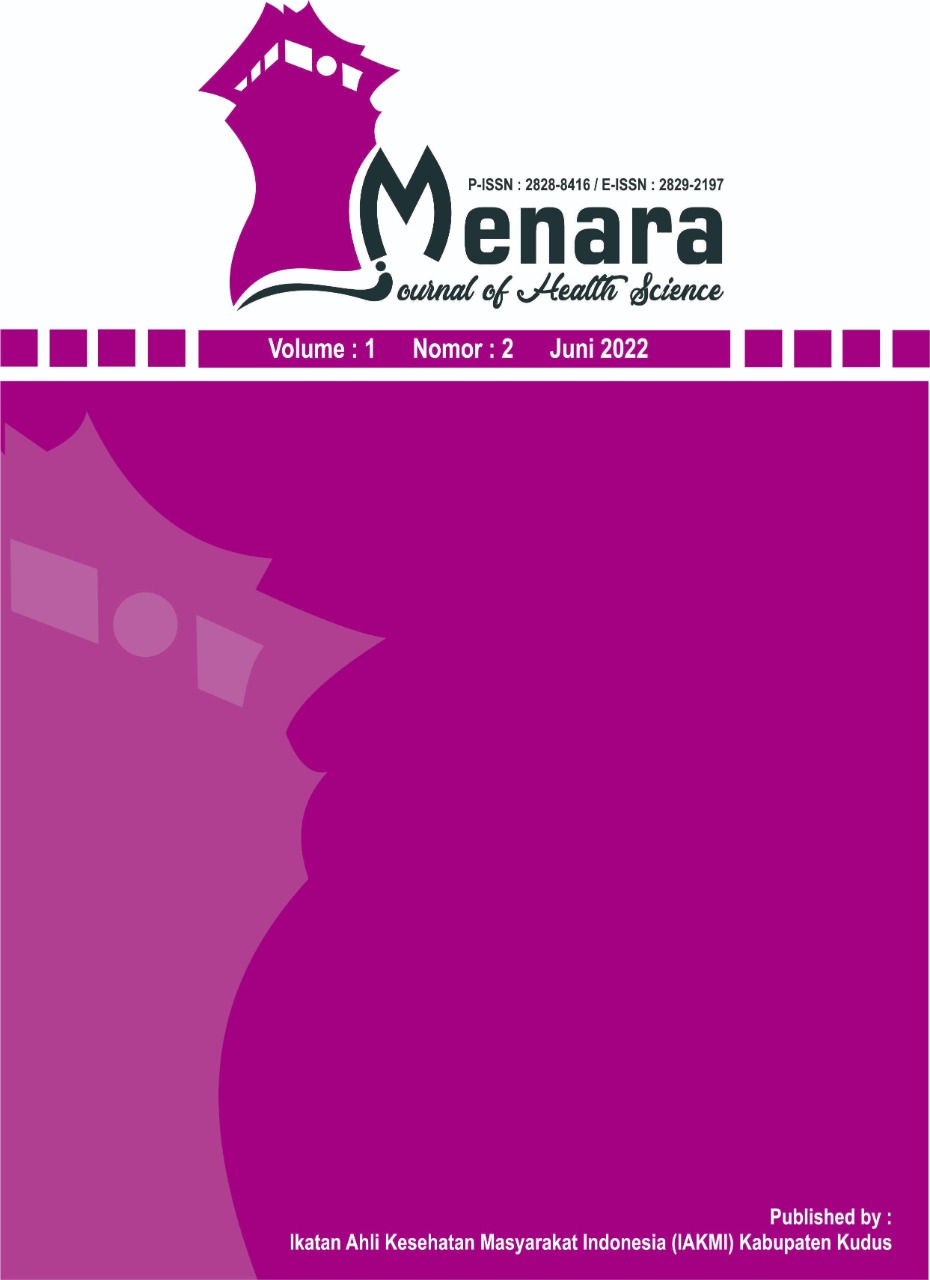Evaluation of Fundraising Implementation Family Planning Commitment (KB) Post Partum at Puskesmas Sedayu
Main Article Content
Abstract
The low Contraception Prevalence Rate (CPR) and the high unmed need 12.25%). Raising thecommitment of husband and wife to plan family planning after giving birth as an innovation program. This type of research is a qualitative descriptive approach with Focus Group Discussion (FGD) SWOT analysis, documentation and observation. Evaluate inputs, processes, outputs with SWOT analysis (Strengths, Weaknesses, Opportunities, Threats / strengths, weaknesses, threats and opportunities). Research subjects are head of puskesmas, implementing doctor and midwife KB programmers as informants for data sources. From the results of thdiscussion it was concluded that the evaluation of inputs consisting of Human Resources, Tools,infrastructure and costs in sufficient quantities and good conditions. Evaluation of the processwhich includes the implementation of the program runs well with the support of cross-programand cross-sector and in-depth counseling for pregnant women and husbands, in an effort toincrease knowledge. With good knowledge, it is expected that each partner is able to choosethe desired contraception. planning to take birth control after delivery. Out put evaluation ofthis study found an increase in active KB participation / Contraception Prevalancy Rate (CPR) in 2018 69.25% to 74.2%. While the post-partum KB achievements from 24.6% to 86.9%
Downloads
Article Details

This work is licensed under a Creative Commons Attribution 4.0 International License.

